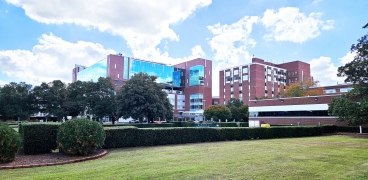Our specialists help you and your loved one resolve your urologic issues so you can live your best life. A wide range of services you need, provided by experts close to home.
Our Approach to Urology Services
At Cape Fear Valley Health, we welcome patients to explore the complete urologic care we provide for common and complex urology conditions. Men and women are pleasantly surprised to learn they can receive advanced urology care close to home.
How your journey with us begins
When your primary care doctor refers you to us, you will have access to a multidisciplinary care team.
During your first appointment, we’ll get to know you. Our board-certified urologists will talk with you about your condition and provide resources to empower you. Because we offer a full range of treatments, we can make a customized plan that’s suited to you.
To make your treatment plan, your team will consider:
- Your health history
- Your medical exam
- Additional testing
- Your treatment goals and preferences
- The most effective treatment suited for your unique needs
Your care team
Our multidisciplinary medical team works together to make your plan, provide personalized services and support you and your family. Your care team may include:
- Board-certified urologist
- Licensed nurse practitioner
- Medical assistants
At Cape Fear Valley Health, our physicians and support staff are here to help you thrive while focusing on the most effective treatments for managing any chronic conditions you may have.










